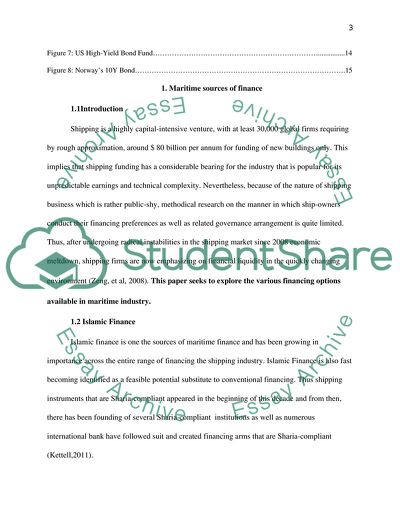Cite this document
(Maritime Sources of Finance Coursework Example | Topics and Well Written Essays - 3000 words, n.d.)
Maritime Sources of Finance Coursework Example | Topics and Well Written Essays - 3000 words. Retrieved from https://studentshare.org/finance-accounting/1868608-2-questions
Maritime Sources of Finance Coursework Example | Topics and Well Written Essays - 3000 words. Retrieved from https://studentshare.org/finance-accounting/1868608-2-questions
(Maritime Sources of Finance Coursework Example | Topics and Well Written Essays - 3000 Words)
Maritime Sources of Finance Coursework Example | Topics and Well Written Essays - 3000 Words. https://studentshare.org/finance-accounting/1868608-2-questions.
Maritime Sources of Finance Coursework Example | Topics and Well Written Essays - 3000 Words. https://studentshare.org/finance-accounting/1868608-2-questions.
“Maritime Sources of Finance Coursework Example | Topics and Well Written Essays - 3000 Words”, n.d. https://studentshare.org/finance-accounting/1868608-2-questions.


